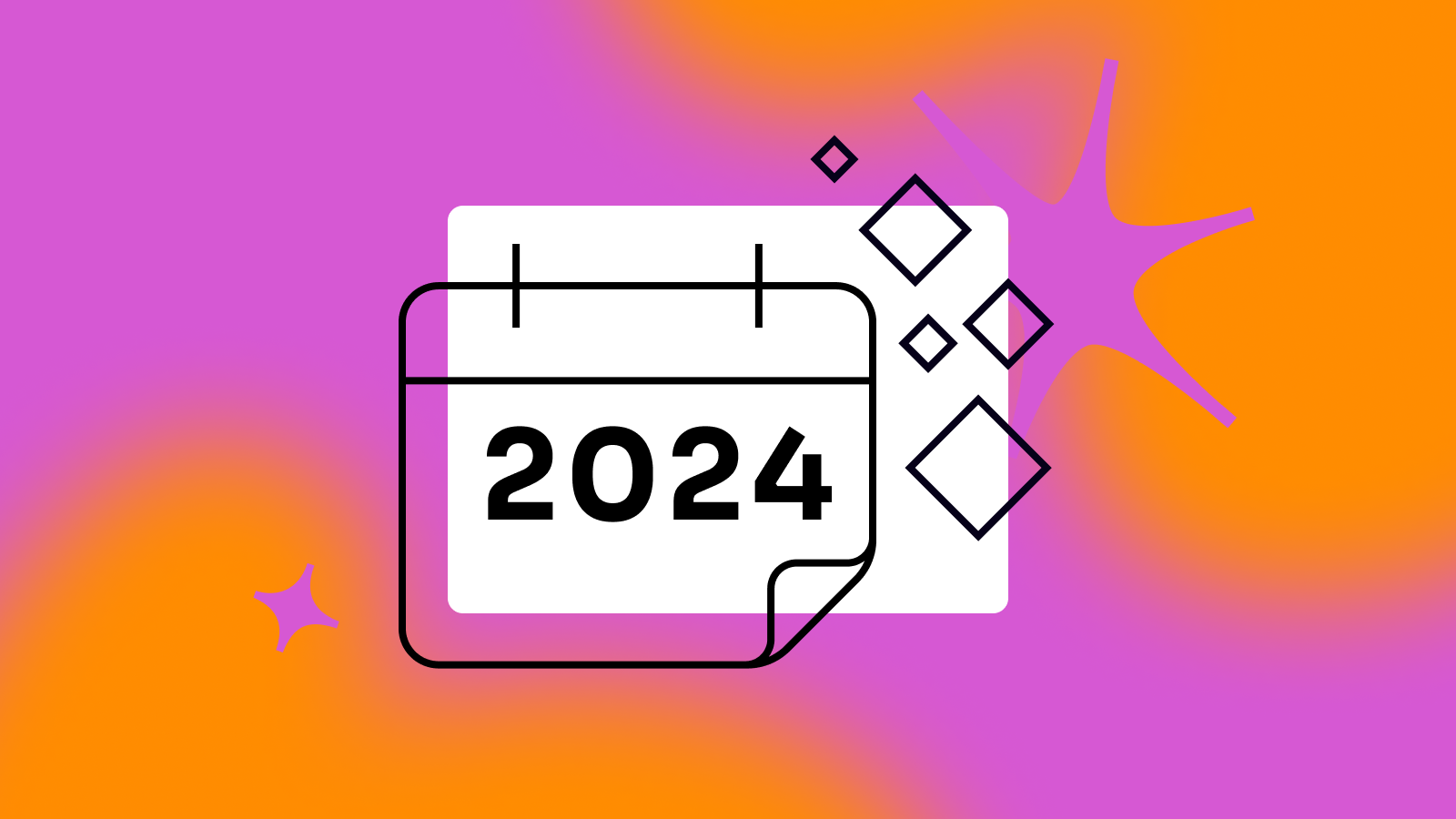All businesses are not created equal, but there’s a single thing they all pursue: growth. This sometimes-elusive indicator is the most important health metric for many CEOs and investors alike, but if you’re on the “hockey stick” trajectory it might feel like you can have too much of a good thing.
With massive growth comes major challenges. In fact, many organizations don’t survive the hypergrowth phase, finding themselves unable to scale quickly enough to manage the increased strain on their resources. Hypergrowth affects the entire company, but the product team gets hit especially hard. Being the “bread-and-butter” of the company, any strain in the product will be felt throughout the business, so how do you minimize the pain?
Hiring for Growth
As the leader of a product design team at Pendo (a hypergrowth company and the backer of ProductCraft), I’ve learned the hypergrowth isn’t for everyone. This is not a scare tactic or an ultimatum, just an observation. Inevitably, working at a rapidly-growing company will mean business pivots and rapid changes in your roadmap, but also in your team org.
When you’re growing quickly, you’re hiring quickly, which will probably mean that you’re going to play a bunch of “musical chairs.” In fact, new hires may be placed in a role with the expectation of a promotion or lateral move within only a few months. In my experience, it’s best to be transparent with your candidates about the nature of the beast. Those who are not too attached to the title they’ll be coming onboard with might turn out to be a better fit in the long run. They might have to wear a few hats initially, with the understanding that the situation is only temporary.
Hiring strategies might also shift from “generalist” to “specialist” as niche areas take on unanticipated importance. I myself have discovered this as we work to round out our own team. As we scale, I’m looking to hire specialists, which is a new frontier for us as a team.
Tools That Fuel Growth
Headcount is likely not the only thing like to increase exponentially when a company enters hypergrowth. Tool proliferation is another challenge as teams seek more and more programs to manage an ever-increasing number of processes.
Some consider having more and more tools to be a strain; I have a different take. I think we had some processes/tools in place that worked when we were smaller that do not work well now. We need to collaborate better and work smarter. Having the right tools in place allows for that. They don’t get in the way — they enable us to do our jobs better.
Growing Pains
Product design already has to deal with different departments’ needs (engineering and marketing, for example), and that gets amplified in a hypergrowth environment. Sometimes in an early-stage company, design teams are really small and try to tackle both product and marketing. That model really breaks down as the company scales. When everything is Priority One, the design team might struggle to decide what to work on first.
Constrained resources create major difficulties as well; if engineering scales super-fast and design/product management don’t, that can lead to problems. It’s hard for the product team to stay in front of engineering and keep them busy with work. Also, if design isn’t supported at the top, it can lead to additional challenges.
So What’s a Product Lead to Do?
I’ve been having these growth gripes/commiserations with peers from other hypergrowth companies, as we try to learn from each other and grow gracefully. They had some thoughts and tips on getting through this phase with your job satisfaction – and sanity – intact.
Product design lead Joao Barbosa knows all about hypergrowth. In three years, his organization, Illuminate Education, went from one person supporting three products to a small team supporting 47 products. During that time frame, the company went from employing 60 product people (and 40 devs) to 300 product people (and 200 developers).
He and his team worked through hypergrowth by streamlining their tools “in order to work creatively within sprints. Our tools and processes had to stay out of our own way. We identified all friction points and set out to remove them. We standardized and streamlined our design and feedback tools,” he says. “We created a design system that was not only helpful to our UX team but also enabled other members of product to contribute design ideas without deviating from our patterns and guidelines.”
In addition, his company took steps to ensure user feedback reaches all relevant parties. “Our UX and product teams have a really good pulse of what our users want. We do this through Aha, Pendo, and other feedback and analytic tools. We also talk to our internal stakeholders (CSMs, support, sales) who are on the front lines interfacing with users every day. Our senior leadership team is really great at enabling us to solve our users’ problems which may not always align directly with business goals.”
Brent Gariano, director of product design at Outreach, agrees on the importance of feedback. “Communicate out with the extended team to make constraints known,” he recommends. “Drive towards building design systems so you can create more with less.”
He also champions transparency. “Make your priorities visible and known,” says Gariano. “Collaborate with PMs and engineering leads to identify the most impactful product enhancements for your users and business.”
Finally, he suggests separating big projects into more manageable tasks. “Breaking problems down to smaller tasks will allow you iterate and balance multiple projects at once.”

